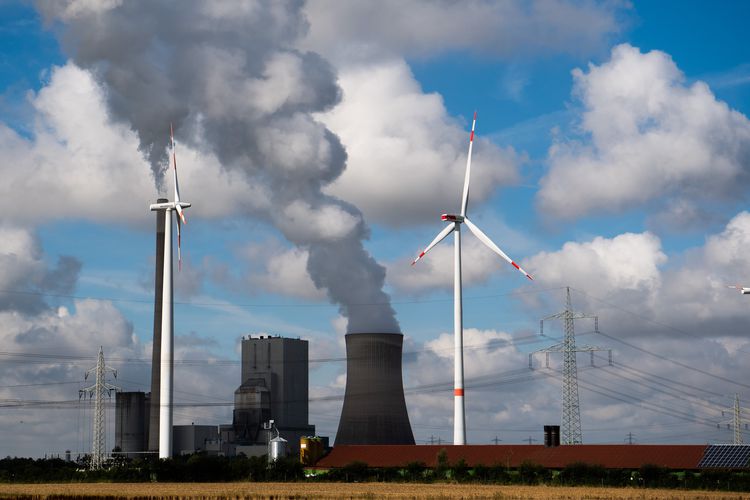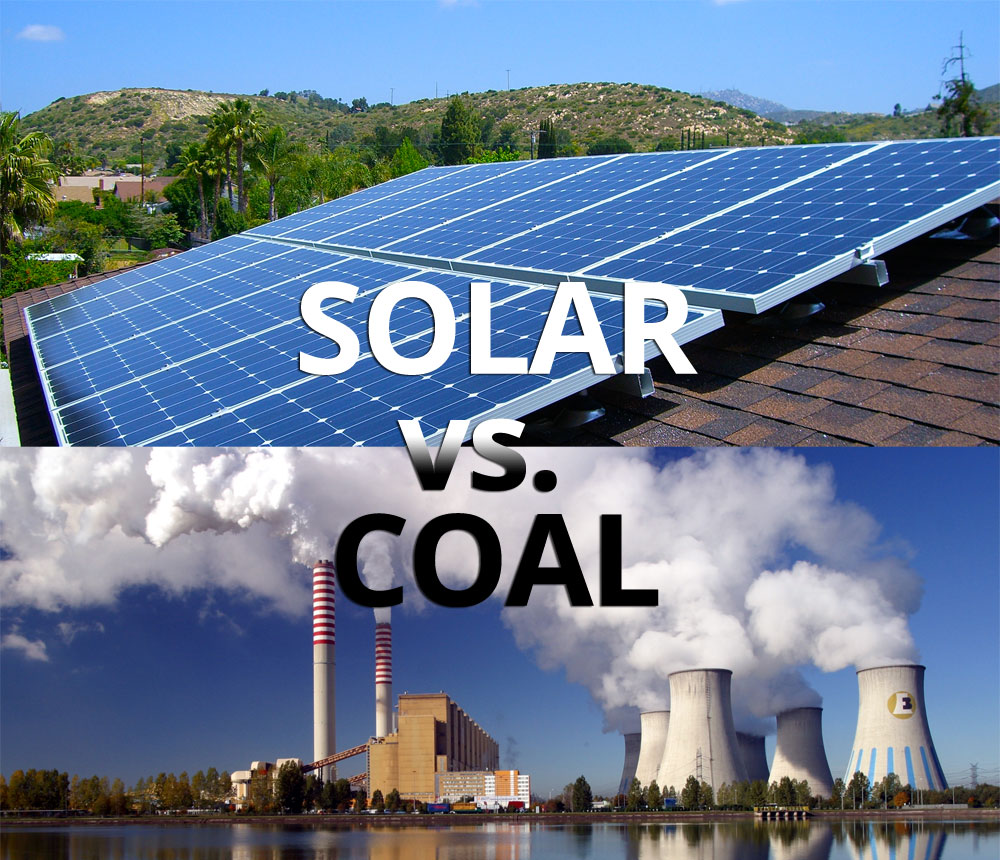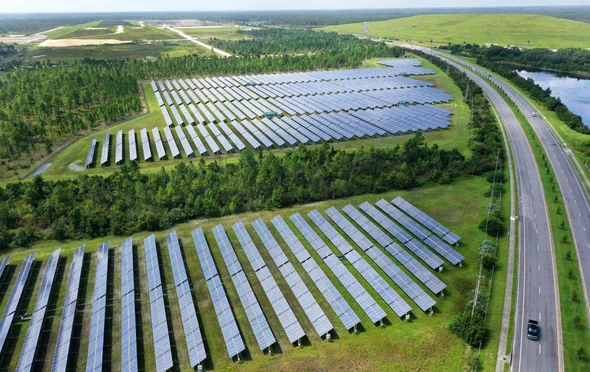The International Energy Agency says higher fossil energy prices and concerns about energy supply disruptions are driving the acceleration of wind, solar and other renewables. The global energy crisis caused by Russia’s war in Ukraine has “sparked unprecedented momentum” towards renewables, according to a report Tuesday from the International Energy Agency. The IEA predicts that global renewable energy capacity will grow by 2,400 gigawatts between 2022 and 2027—an 85% increase over the growth rate over the past five years. Renewable energy will overtake coal as the world’s largest source of electricity by 2025, the report says. The report says the five-year growth forecast for renewables is 30% higher than that of renewables. what the IEA expected in its report last year, marking the group’s “biggest-ever growth correction”.
Fatih Birol, executive director of the IEA, said. Both higher fossil energy prices and concerns about energy supply disruptions are driving the acceleration of wind, solar and other renewables, the IEA analysts write. According to Pierpaolo Cazzola, a global researcher at Columbia University’s Center for Global Energy Policy, renewable energy growth should be “strong” in Europe and beyond, even as chemical energy prices rise jelly begins to decrease or fluctuate. “Even if fossil energy prices fall, Europe will still face import demand, combined with price volatility. As a result, Europe will continue to have a structural interest in electrification and increase its reliance on domestically produced renewable energy,” Cazzola said in an email.

Solar and wind power will account for the majority of renewable energy expansion between 2022 and 2027, the IEA says. The IEA says “green” hydrogen – produced through a water-splitting process powered by renewables – will become the driving force behind the expansion of wind and solar energy, accounting for around 2% of renewable capacity growth. According to the report, solar power remains the most economical option for new generation of electricity in most parts of the world. The IEA says solar power alone accounts for more than 60% of renewable energy capacity, which is expected to expand annually over the next five years and is expected to outpace coal in terms of installations by 2027.
According to Heymi Bahar, a senior renewable energy analyst at the IEA, the permitting time for wind projects is slower than for solar projects in many parts of the world. “Additionally, the social acceptance of wind compared to solar is significantly lower, thus making those investments more complicated,” Bahar said in a press conference on Thursday. . The report says the world can accelerate renewable energy growth even further by taking steps to expand grid infrastructure, address policy uncertainty, and accept take on the challenges and secure financing for projects in developing countries.

At the press conference, Birol said Europe has yet to “make the most of” the potential of renewable energy to replace Russian gas. Mr. Birol said the IEA would produce a list of recommendations for European policymakers looking to address the shortage of natural gas for space heating in the winter. The report also forecasts that growth in renewable generation capacity will not reach the level needed for the global energy sector to reach net-zero greenhouse gas emissions by 2050.
The world—and Europe in particular—is responding to the energy crisis by pursuing energy efficiency measures, according to the latest IEA annual report on energy efficiency released at the beginning of this month. However, global investments in energy efficiency in the second half of this decade are projected to reach about half of what is needed to match the zero greenhouse gas emissions scenario, the organization said. know. Even so, Birol said it was “too early to write an obituary for the 1.5 degrees Celsius target,” referring to the goal of limiting average global warming to 1.5 degrees Celsius.



